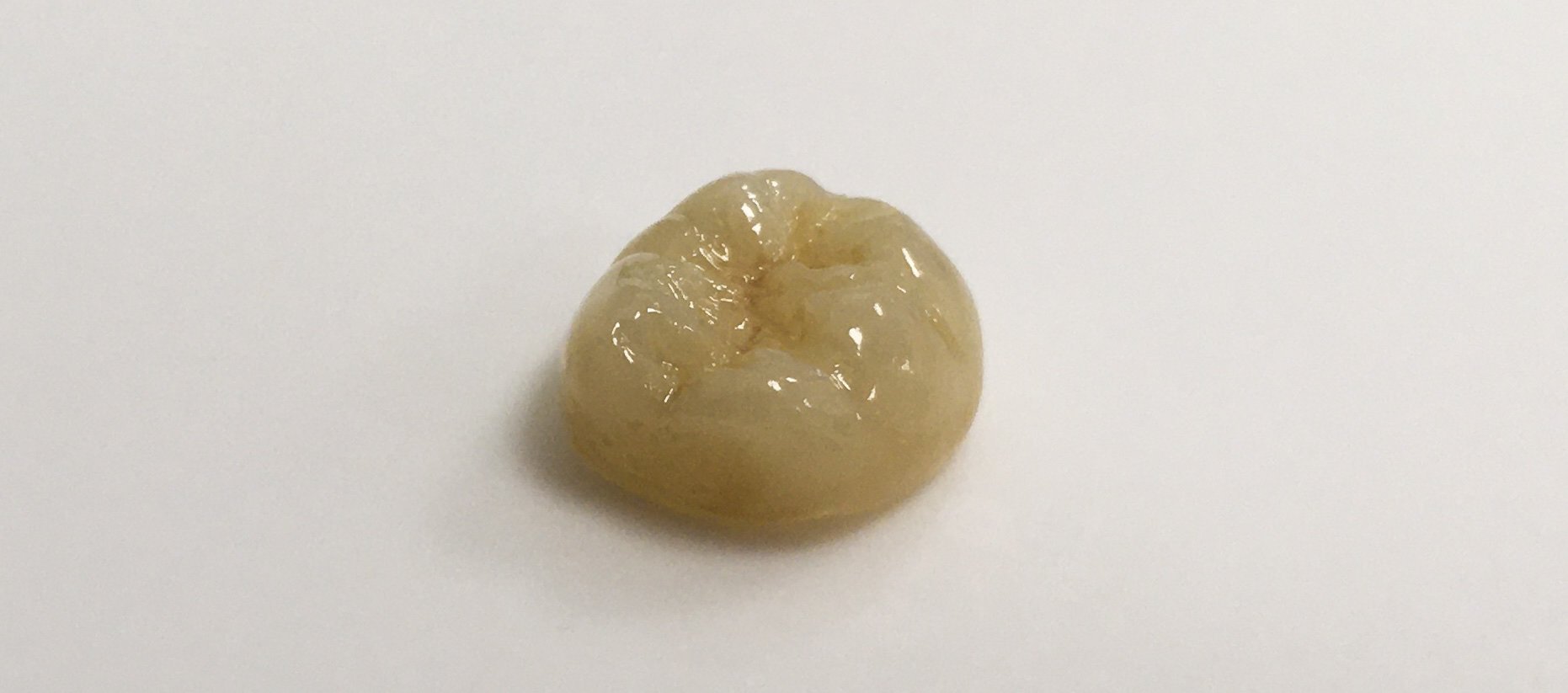
Why have I been advised to have a crown?
A crown is used to entirely cover or "cap" a damaged tooth. A crown can strengthen the tooth in addition to improving the tooth's appearance. A crown can also be placed on top of an implant to provide a tooth-like shape and structure for function.
We offer both porcelain or ceramic crowns which are matched to the colour of your natural teeth. Other materials we offer include gold and non-precious silver-coloured metals.
What is the difference between a crown and a bridge?
Dental Crown: A crown is a cap that is placed over a damaged or decayed tooth to restore its shape, size, strength, and appearance. It covers the entire visible part of the tooth above the gum line, protecting it and improving its look.
Dental Bridge: A bridge is used to replace one or more missing teeth. It consists of two or more crowns for the teeth on either side of the gap (called abutment teeth) and a false tooth/teeth (pontic) in between. The crowns hold the bridge in place, providing a functional and aesthetically pleasing solution to tooth loss.
In summary, a crown is used to cover and protect a single damaged tooth, while a bridge is used to fill the gap created by one or more missing teeth, supported by crowns on adjacent teeth.
What does the crown treatment involove?
The process typically involves two main appointments: one for preparation and the other for placement. Here’s a detailed overview of what you can expect during these appointments.
First Appointment: Tooth Preparation
- Initial Consultation and Examination
- Assessment: The dentist examines the tooth needing a crown and takes X-rays to check the roots and surrounding bone.
- Treatment Plan: Discussion of the treatment plan, including crown material options (porcelain, metal, ceramic, or resin).
- Preparation of the Tooth
- Numbing: The area around the tooth is numbed with a local anaesthetic to ensure comfort.
- Reshaping the Tooth: The dentist files down the tooth on the top and sides to make room for the crown. For a severely damaged tooth, filling material may be used to build up the tooth to support the crown.
- Impression Making: After reshaping, an impression of the tooth and the surrounding teeth is made. This can be done using a paste or putty, or digitally with a scanner.
- Temporary Crown Placement: A temporary crown is placed over the prepared tooth to protect it while the permanent crown is being made.
- Selecting Shade
- Colour Matching: For crowns made of porcelain or ceramic, the dentist selects a shade that closely matches the colour of the surrounding teeth.
Second Appointment: Crown Placement
- Removing the Temporary Crown
- The temporary crown is removed, and the underlying tooth is cleaned.
- Fitting the Permanent Crown
- Checking Fit and Colour: The dentist places the new crown on the tooth and checks the fit and colour.
- Adjustments: Any necessary adjustments are made to ensure the crown fits perfectly and bites correctly.
- Cementing the Crown
- Permanent Placement: Once satisfied with the fit, the dentist permanently cements the crown onto the tooth.
- Final Adjustments: After the cement sets, final adjustments are made to ensure comfort and proper bite alignment.
Post-Procedure Care
- Immediate Care: Instructions on how to care for the crown immediately after placement, such as avoiding hard or sticky foods for a short period.
- Long-Term Care: Guidance on maintaining the crown, including good oral hygiene practices and regular dental check-ups.
Frequently Asked Questions
Q: How long do dental crowns last?
A: Dental crowns typically last between 5 to 15 years, depending on the material used and your oral hygiene practices.
Q: Will the crown look natural?
A: Yes, especially if you choose a porcelain or ceramic crown, which can be colour-matched to your natural teeth for a seamless look.
Q: Is the procedure painful?
A: The procedure involves numbing the area, so you should not feel pain. There may be some discomfort after the anaesthesia wears off, but this is usually manageable with over-the-counter pain relievers.
If you have any further questions or need to schedule an appointment: Call us or book online.


